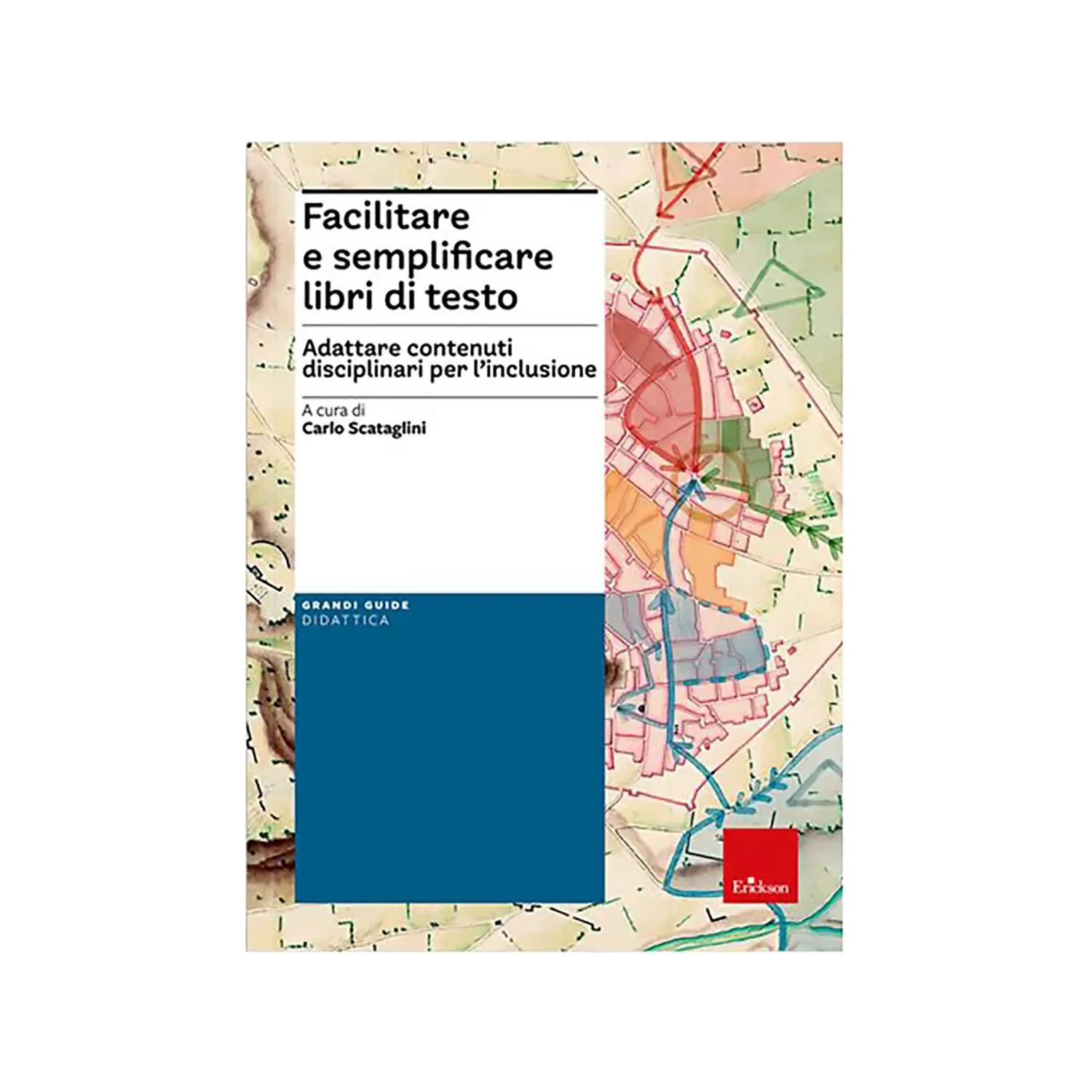Facilitating and Simplifying Textbooks
Look it up in the primary and secondary catalog
- ✅ A theoretical-operational guide for adapting disciplinary content to school inclusion.
- ✅ Contains practical examples, strategies and templates for effective adaptations of various texts.
- ✅ Focus on visual strategies: maps, diagrams, tables, charts and timelines.
- ✅ Each chapter offers concept maps, scientific insights and practical advice.
- ✅ Help teachers manage time, space and materials to meet the real needs of the classroom.
Full description
Adapting disciplinary content for inclusion. A theoretical-operational guide to understanding the text and designing teaching.
presents useful guidelines for making the disciplinary text a real reference tool for collaborative work in the classroom, supported by a wealth of practical examples, strategies and models for adapting different text types that teachers can use within the different classroom contexts in which they operate.
Adaptation as an inclusive strategy
Adaptation does not mean making understanding easier, it means first of all modifying one's teaching method according to the real needs that the class proposes. That is, modifying work spaces and times, knowing who you have in front of you, and analyzing teaching materials to assess whether they can meet the real needs of the pupils.
Teaching strategies
Not all students learn in the same way, which is why it is necessary to use those tools (concept maps, diagrams, tables, charts, timelines) that can represent in visual form the information to be proposed. It is necessary for students to learn how to produce such materials themselves, constructing them from a main idea and the key concepts of a text.
The volume is divided into 2 sections:
- Adaptation as a strategy for inclusion
- Strategies and models for effective adaptation
In each chapter you can also find:
- a concept map that anticipates and organizes the contents
- insights from scientific research
- tips for classroom teaching
- practical examples, strategies and models for adaptation
- the summary of the content presented in the chapter




